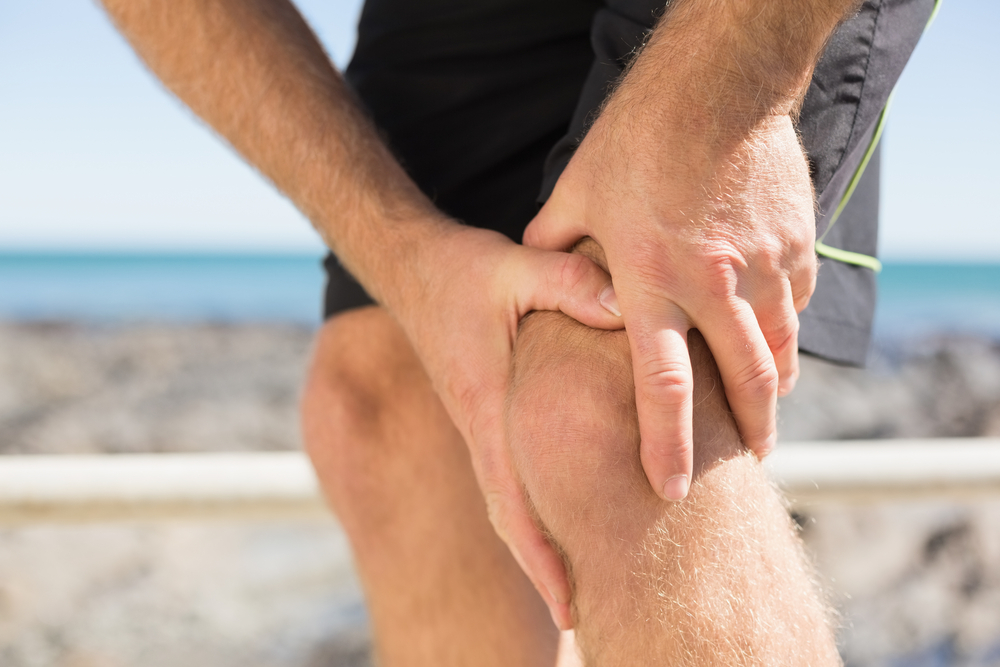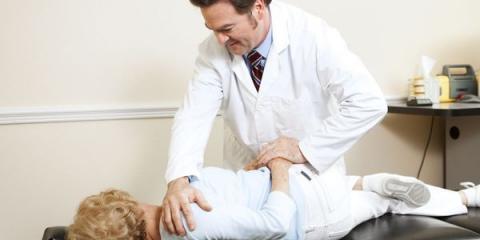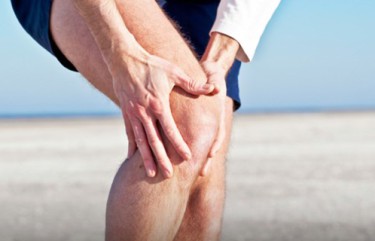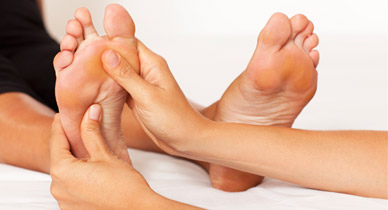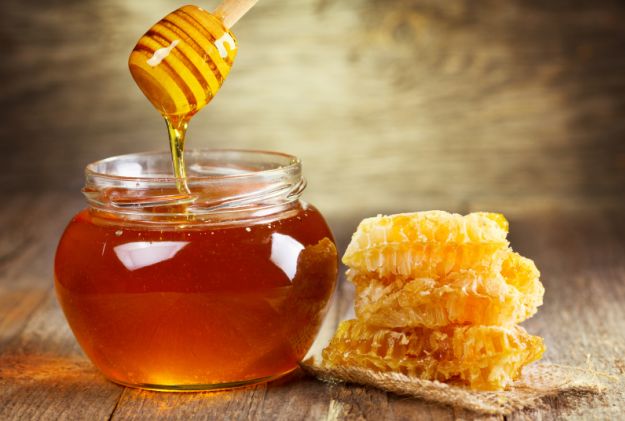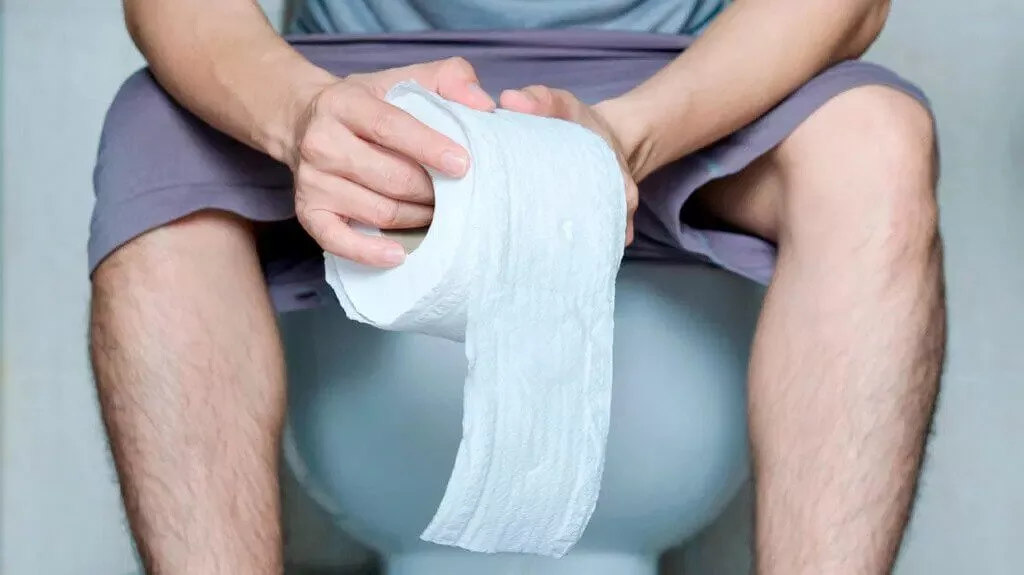Joint Pain: Likely Causes
The importance of the joints cannot be overstated.
Apart from forming the connection between bones, joints provide support and helps with movement.
With that in mind, it’s not surprising that any joint damage (either from injury or disease) will not only cause severe joint pain but will also interfere with movement.
Joint pain can range from irritating (mild cases) to debilitating (severe cases) and can be attributed to a variety of causes.
Some of the likely causes of joint pain can include the following:

Gout
Often characterized by redness, tenderness, and joint pain, gout often develops in the joint situated at the base of the big toe.
Considered as a complex form of arthritis, gout can affect just about anyone. However, men are more susceptible to developing the condition compared to women.
Osteoarthritis
Deemed as one of the most common forms of arthritis, osteoarthritis affects millions of people the world over. The condition occurs when the protective coverage found at the end of bones wears out.
While the condition can damage any of the joints found in the body, the disorder often affects the joints found in the spine, hands, knees, and hips.
Although the condition can be managed effectively, the underlying process can no longer be reversed. However, maintaining a healthy weight, staying active, and treatment may help slow the progression, improve joint function, and minimize joint pain.
Ankylosing Spondylitis
Ankylosing spondylitis occurs when some of the vertebrae in the spine get fused together. The fusing can make the spine less flexible and may result to a hunched-forward posture.
The condition is more common in men than in women. Symptoms of the condition will often manifest in early adulthood.
Bursitis
This painful condition is characterized by the inflammation of the bursae (the small fluid-filled sacs that cushions the muscles, tendons, and the bones near the joint).
Bursitis (bur-SY-tis) often occurs in the hips, elbows, and shoulders. However, it can also develop in the heel, knee, and the base of the big toe.
In general, the condition often manifests near joints that do frequent repetitive motions.
Tendinitis
When the tendon (the thick and fibrous cords that attaches the muscle to the bone) gets inflamed or irritated, tendinitis occurs. The condition can result to pain and tenderness outside the joint.
While tendinitis can affect any of the body’s tendons, it is more common in the elbows, wrists, heels, shoulders, and knees.
Severe cases of tendinitis can lead to tendon rupture and may require surgical repair.
Rheumatoid Arthritis
A chronic inflammatory disorder, rheumatoid arthritis can sometimes affect more than the joints. In some cases, it can also cause damage to other body systems like the eyes, lungs, blood vessels, and the heart.
Since rheumatoid arthritis affects the linings of the joint, painful swelling will often occur. In some cases, the condition will cause joint deformity as well as bone erosion.

Strains and Sprains
Strains and sprains are two common injuries that sometimes manifest similar symptoms. However, the two conditions affect different parts of the body.
Sprains occur when there is tearing or stretching of the ligaments (the bands of fibrous tissue connecting two bones together). Most sprains occur in the ankle.
When a tendon (fibrous tissue that connects the muscles to the bones) or a muscle is torn or stretched, the condition is called a strain. Strains often occur in the hamstring muscle (found in the back of the thigh) and in the lower back.
First aid treatment for both conditions includes rest, ice, compression, and elevation (R.I.C.E. technique).
